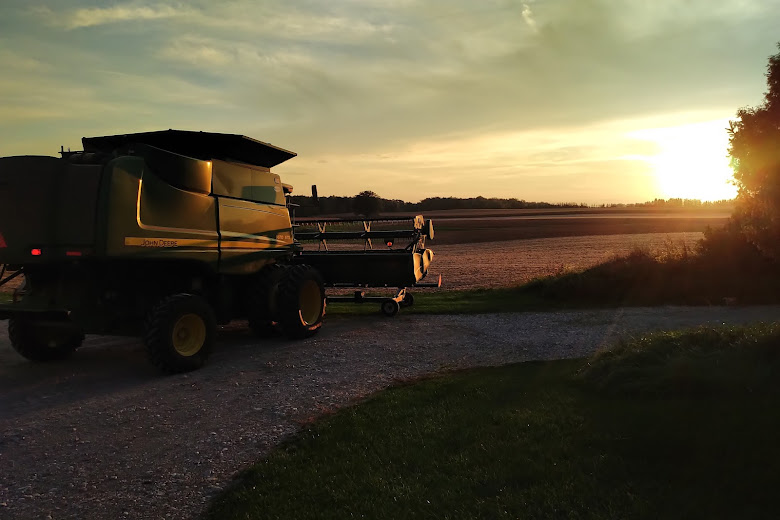Last Will and Testament of [P]
I leave all my farming assets to [my brother and sister-in-law].
I leave 50% of my personal assets to [my brother and sister-in-law].
I leave 50% of my personal assets to my sister [K].
All household personal assets (those that Mom can use) I leave to [my mother].
A holographic will is one that is made entirely by the testator's own handwriting, without formality, and without the presence, attestation or signature of a witness (e.g. the mythic will written on a napkin).
For almost 8 years after P's death, his siblings were engaged in acrimonious disputes about the administration of P's estate and their entitlement to his assets. The assets included farmland, farm equipment, grain and inputs inventories, etc. The debts owing by P's estate included substantial income tax owing, a tractor loan, a mortgage, etc. The questions left by the holographic will included which assets were farm assets and which assets were personal assets, and which debts were to be paid by the Estate and which debts were to be paid by individual beneficiaries. In January, 2017, Justice Ball of the Court of Queen's Bench in Saskatchewan issued a decision in which he wrote: "Hopefully, this decision will do something to bring an end to the litigation."
Justice Ball noted that, "The court's only objective in interpreting a will is to ascertain and give effect to the intention of the testator, as expressed by the language of the will, at the time the will was executed." After reviewing the law applicable to the interpretation of wills, Justice Ball then reviewed the evidence about the information known by P at the time he made his will in 1992 that provides the context for the will. Having reviewed the context, Justice Ball concluded, among other things, that "farming assets" included all farmland, farm implements and inventory, and unsold grain on hand; "Personal assets" included all household effects in P's home, personal motor vehicles, and personal bank account balances.
At the end of the decision, there were still some assets that could not be assigned to a specific category based on the evidence before the Court. These assets included surface lease annual payments and farm subsidies or other government payments. Further evidence would need to be filed with the Court before any decision could be made on those assets.
As with most estate law cases involving farms, the lesson to be drawn from this case is that it pays to have a clear and fully-documented succession plan in place as soon as possible. Farmer P did have a will at the time of his fatal accident, but that will was not sufficiently instructive to his family to avoid nearly a decade of litigation.
Read the decision at: Ellingson v Ellingson Estate.


No comments:
Post a Comment